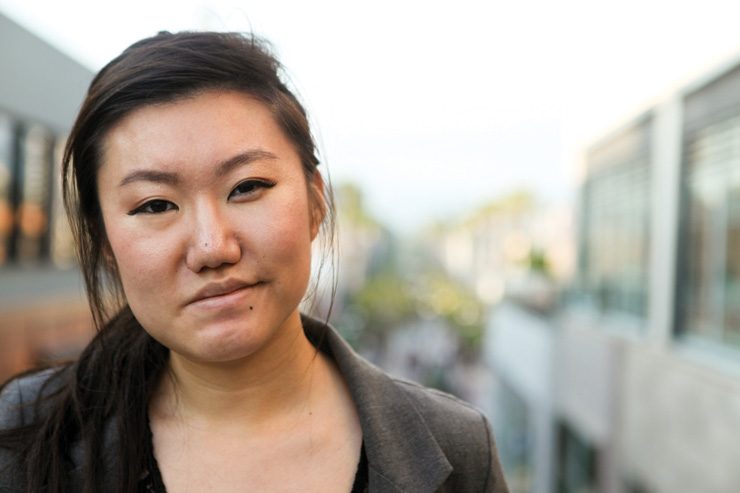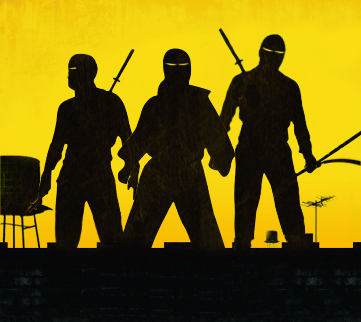 Binna Kim, photographed last month in Santa Monica.
Binna Kim, photographed last month in Santa Monica.
In our 2010 end-of-the-year survey posted on charactermedia.com, Shawn Lee, a 29-year-old reader, urged KoreAm to cover not just the celebrities and politicians of our community, but also, Koreans “in the greater American milieu.” These figures may not be famous, Shawn added, but represent a vital part of this nation’s fabric.
It’s true that our magazine—due to the pressure to sell issues, remain afloat and cater to a broad readership—must often headline the VIPs prominent in their respective fields. And those familiar with our annual gala also know that we do tend to indulge the Asian American red carpet. The media—even ethnic, independent outlets such as ours—must be mindful of the business aspect of our enterprise. It’s not the perfect model, but it’s the reality.
But the issue Shawn raised is an important one. And I believe those who have helped to create the pages of KoreAm for the past 20 years did so to highlight not just the household names, but those who often go unnoticed as they shape and define the important ground-level Korean American experience.
Which is why we’re honored to start the year off with a feature story on Binna Kim, a 21-year-old college student who is arguably more extraordinary than any other figure who has graced our recent covers. The night of April 6, 2006, Binna’s father, armed with a .25-caliber semiautomatic, shot Binna, along with her mother and younger brother. He then shot himself, collapsing on top of his wife’s body. That same year, several other murder-suicides involving Korean immigrant fathers would claim the lives of more than a dozen Koreans living in Southern California. Miraculously, despite getting shot in the head, Binna survived.
In Jinah Kim’s story on Binna, she writes, “Overnight, Binna lost her entire family. How do you possibly wrap your head around that? How do you go on living? How did she?” Click here to learn how Binna answers those questions, in our cover story on one young woman’s journey from hell to hope.
—Kai Ma, Editor-in-Chief









